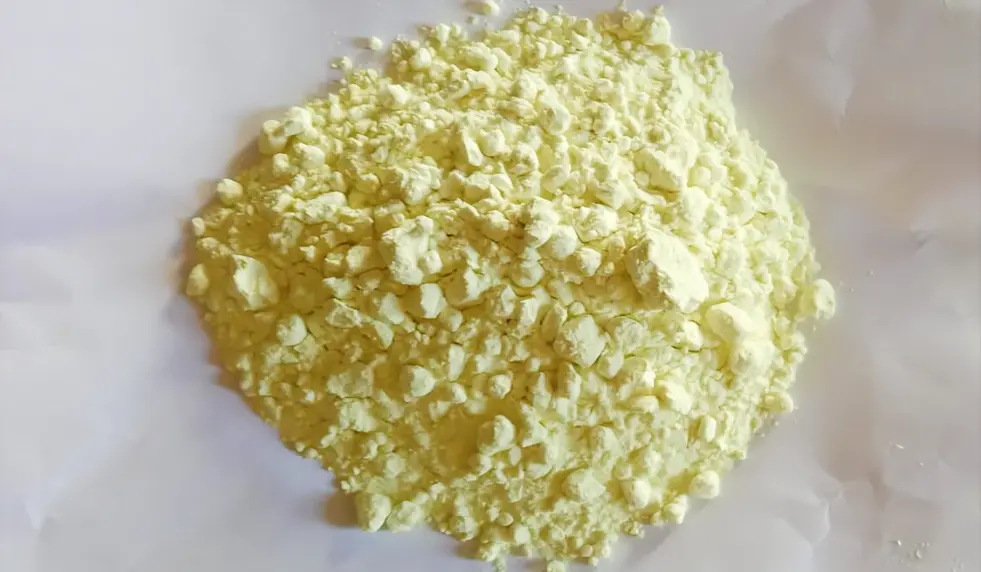Sulphur for Rubber Industry
Sulphur is bright yellow in colour with an extremely bad odour – which is usually related to rotten eggs. It is frequently found near hot springs and volcanoes. Many sulphide minerals, such as pyrite and marcasite, are iron sulphide. It is essential for the growth of many plants, including enzyme activity, nitrogen metabolism, and oil and protein synthesis.
When you see a yellow spot on the leaves and plant – it is pretty understandable that the plants are suffering from sulphur deficiency.
The chief source of sulphur for industry is the hydrogen sulphide of natural gas.
What are the Uses of Sulphur?
Here are some of more uses of sulphur –
- Making car batteries
- Fertiliser oil refining
- Water processing
- Mineral extraction
Apart from this, people also use sulphur for rubber industry. The cross-link in the chains in the rubber molecules is very low, which leads to softness. So, to make the rubber hard, it is treated with sulphur that reacts with the natural rubber to increase the interlinking between the molecules.
Specification of Sulphur
| Specification | Description |
| Purity | ≥ 99.5% |
| Particle Size | Varies (e.g., 30-325 mesh) |
| Form | Powder, Flakes, Dustless Prills |
| Free Sulphur Content | ≤ 0.5% |
| Ash Content | ≤ 0.2% |
| Moisture Content | ≤ 0.1% |
| Volatile Matter | ≤ 0.2% |
| Bulk Density | 300-600 kg/m³ |
| Oil Treatment | Optional |
The specifications mentioned vary depending on the form of the sulphur and the manufacturers.
FAQs
Q1. What is sulphur used for in rubber?
Ans. Sulphur vulcanisation is a chemical process that involves heating natural rubber or similar polymers with sulphur or compounds containing sulphur to create materials with different mechanical endurance, elasticity, and hardness.
Q2. Which sulphur is used in tyres?
Ans. Insoluble sulphur is mainly used as a vulcanisation accelerator and agent in the rubber industry. It is resistant to wear and tear.
Q3. Is sulphur used in natural rubber?
Ans. Sulphur can be used in natural rubber to form cross-links to rubber macromolecules.

